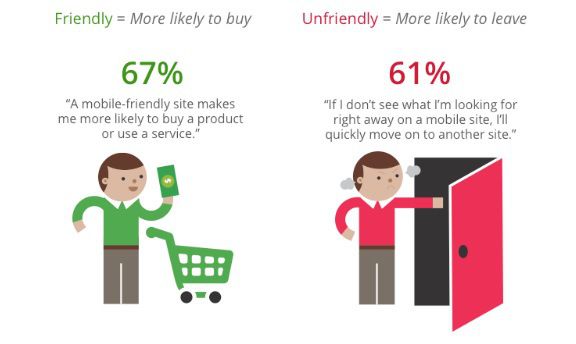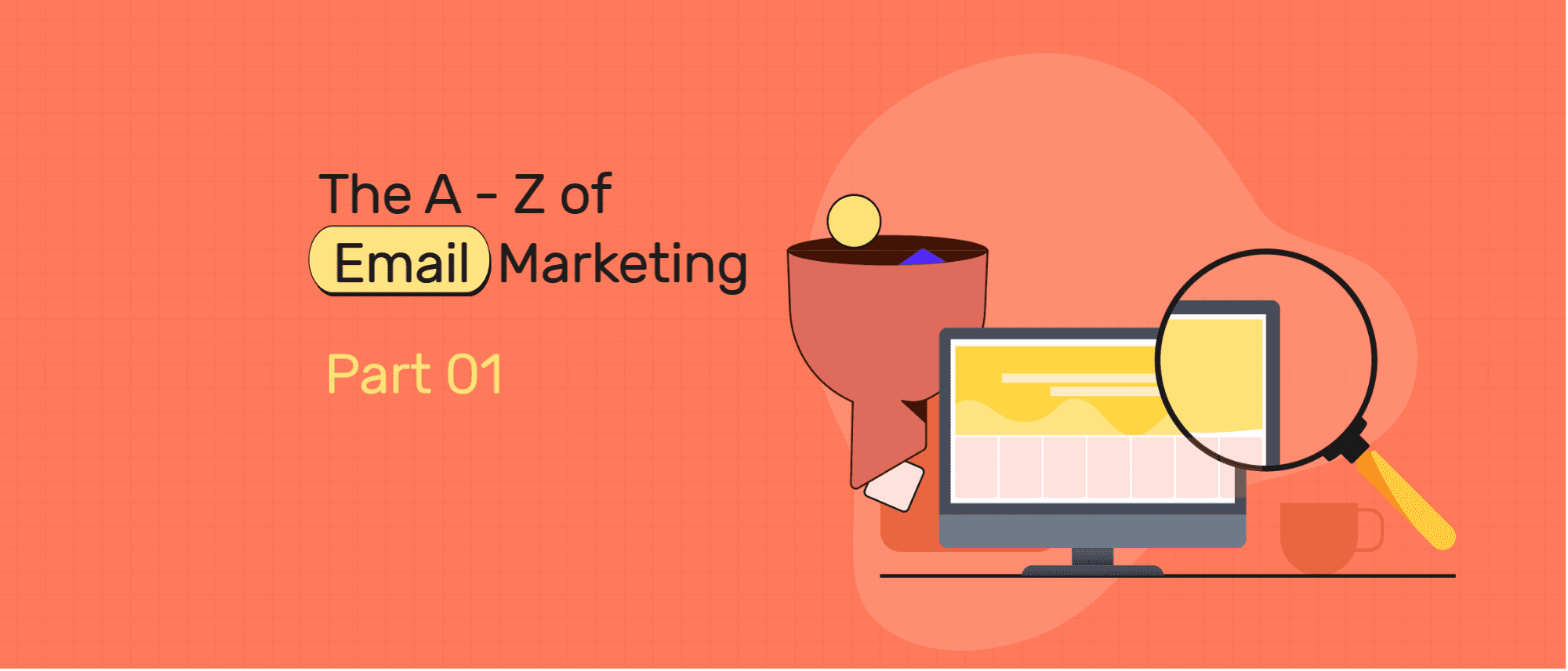62%. That’s the growth in new users Shopify saw from just March to April this year.
We saw more e-commerce trends – and changes in consumer behavior – this year than ever before.
The housewife who’d make lists and drive to the local grocery store to stock up? Either buys them online or orders online for a pick-up.
The teenager who now spends a significant amount of time online for school sees a significantly higher number of digital ads for products.
The working men and women who are plugging away at laptops from home now find it easier to quickly add an item to cart here, check out a grocery list there and keep their zoom calls going.
And more and more small businesses are getting the spotlight, competing with more well-established stores in the online marketplace.
As a result of all this sea change, we noticed a few e-commerce trends that we can tell aren’t going anywhere in the coming year:
1. BOPIS – the biggest e-commerce trend from 2020
BOPIS stands for Buy Online Pick Up In Store, a shopping method that’s gotten very popular in these times because with it, you skip the delivery time of an e-commerce order and you also avoid the in-store rush.
How it works: you buy the products online, payment and all, and then simply pick them up in the store…most stores have facilitated a curbside pick up or other such arrangements that ensure maximum convenience and speed.
It isn’t a new way to shop – some department stores have offered this shopping solution for quite a few years now, but it’s become a popular e-commerce trend with the COVID-19 pandemic.
Here’s what the folks at Yieldify have to say about the BOPIS strategy:

We’re definitely going to BOPIS our way through 2021, what about you?
2. Brick and mortar stores will continue to move online
While the pandemic has boosted the e-commerce industry, it’s brought great difficulty to owners of brick and mortar stores – especially small and boutique businesses – who were forced to shut their doors.
Online sales have grown over 129% this year – a lot of consumers who didn’t shop online very often are now extremely comfortable with buying absolutely everything online. The pandemic has sped up the adoption of e-commerce in a way that ensures everyone will continue to shop online even after stores are free to open their physical doors.
With e-commerce growth that great, we will unfortunately (though it may be to great benefit) see a lot more stores – especially in fashion and technology – continue to shut down their doors for good and move to the online space.
3. Chatbots & more for increased communication
With the pandemic, e-commerce stores needed to stay in touch with consumers more than ever – mainly to answer queries, keep them updated about orders, and more. So even though chatbots were gaining popularity over the last couple of years, they’ve basically become the norm this year…an e-commerce trend that’s likely to continue into 2021 and later, wherever innovation in chatbots leads us.

4. Online payment plans
Online financing plans are by no means new – technology companies and consumer goods companies have had them on their e-commerce stores for years.
Now, however, you also see them on fashion websites and department store websites – offering an easier way for customers to shop without breaking the bank is a great way to keep sales flowing in an otherwise troubled economy. Let’s face it, a lot of people are now thinking twice before an impulse purchase!
5. More people than ever are shopping from mobile phones
Did you know 79% of mobile users are shopping online from their mobiles? Mobile commerce is only set to grow from here on out and it’s not surprising. Not only is the number of mobile phones in usage increasing every year, but Gen Z’s comfort level with mobile technology is also vastly more advanced than what we’re used to. So, make sure your Shopify store is mobile-ready!

7. The rise of the equal opportunity marketplace
A beautiful e-commerce trend that’s here to stay: The COVID-19 pandemic saw a wave of ‘Support small businesses’ campaigns across social media websites, with even celebrities and influencers promoting their favorite boutique brands. The world is more encouraging now of small-scale, home-run, black-owned, and women-led stores than ever before…and very vocally so. That makes this one of the best times to get into business with an e-commerce store!

8. Personalized shopping experiences
“The consumer is king” gets truer every year. Today, there are so many products and services for customers to choose from online – so many stores vying for their attention with ads, social media posts, videos and more online. As a result, what’s gaining more importance is personalized experiences. An Accenture report talks about how nearly 40% of consumers have left a website because they felt too overwhelmed by options.
So if a customer visits your store more than once, it’s important that you make product recommendations and browsing experiences based on their previous visits. You should also show them personalized ads and send them personalized emails based on preferences they’ve shown when browsing your website. And don’t forget to address all communication to each one of them, rather than to “Dear customer”, so they feel special when they open that email/message! The personalization will also help you maximize the Average Order Value from each customer.
9. Conscious shopping is becoming commonplace
When we say conscious, we mean environment-conscious. People are becoming increasingly aware of the environmental impact of the products they choose. When it comes to beauty, the awareness of chemicals and active ingredients is growing manifold. When it comes to fashion, consumers are looking out for carbon footprints and source country conditions. Every industry is now under the scrutiny of increasingly-informed customers – the number of such customers is only going to grow, making this one powerful e-commerce trend that’s here to stay.

10. Voice search is slowly making its mark
Voice search has been on the rise for a while now, and we’re watching this one. With more consumers spending time at home, we’re seeing a lot more people use home devices such as Alexa or Google Home to get instant results to queries, and the voice search functionalities on their mobile phones for when they’re in the discovery mode. The rise in voice search is set to have a direct impact on e-commerce, with smart speakers and smartphones throwing up online store suggestions in response to queries. The scope is massive, and we’re only at the start!
Bonus: Headless E-commerce!
If you haven’t heard of this e-commerce trend yet, stay tuned – you’re going to be seeing these two words a lot in 2021, as e-commerce begins to slowly get decentralized and personalized to your preferences! Headless e-commerce is all about having a unique front-end to your store, while APIs and tools allow service providers to continue to take care of the backend.
Does Shopify offer headless commerce? Yes, it does, via its Shopify Plus engine! So look it up and learn more about this trend in-store design.
And that wraps up our 2020-2021 e-commerce trends list. We hope you have had a fruitful, not-too-challenging year and see great success in your path in the coming one!






